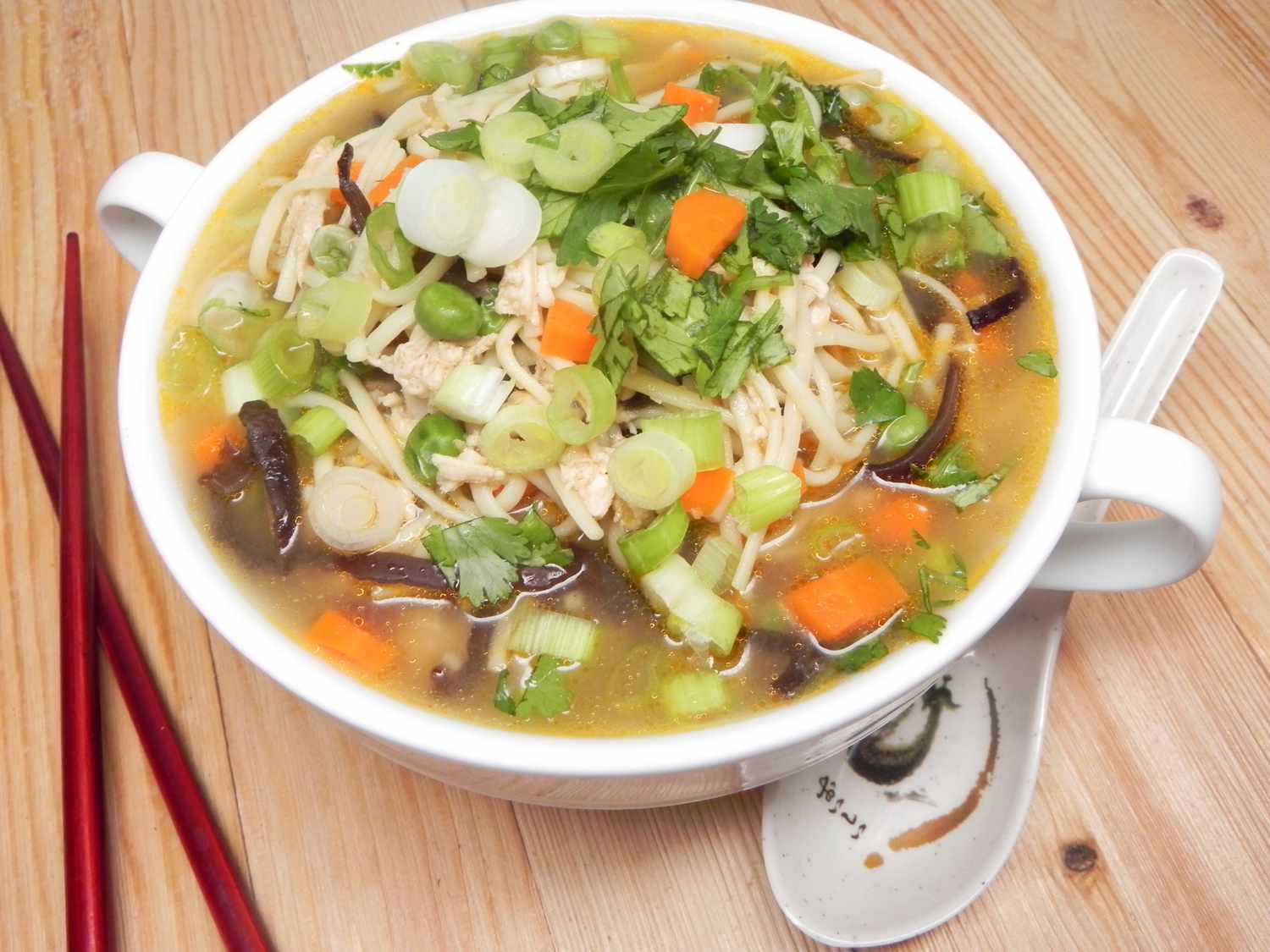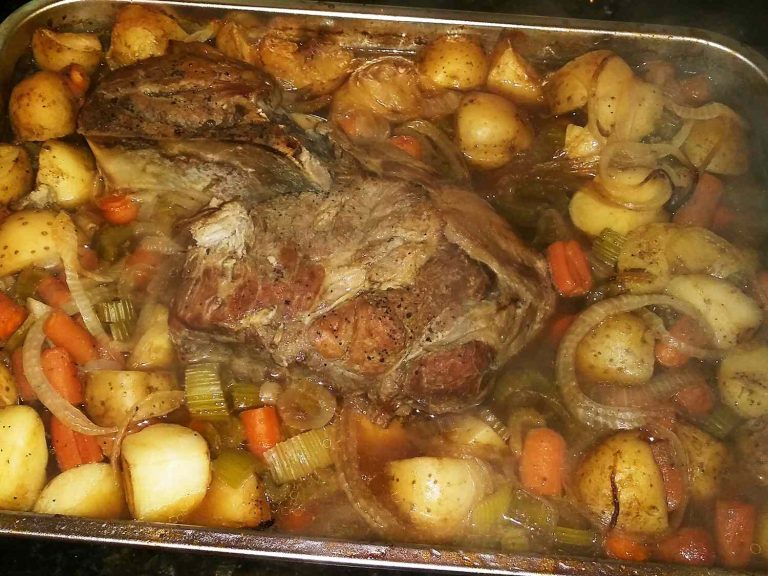Cambodian Lemongrass Chicken Soup: A Flavorful Recipe Guide
Cambodian Lemongrass Chicken Soup, widely known as “Samlor Kako,” is deeply rooted in Cambodia’s culinary heritage. Its history dates back centuries, with influences from Chinese, Thai, and Vietnamese cuisines. Records from the Angkor Wat period highlight the use of lemongrass, galangal, and herbs in traditional dishes. During the Khmer Empire, cooks combined local ingredients with cooking techniques from neighboring countries, creating diverse and rich flavors.
Regional Variations
Cambodian Lemongrass Chicken Soup exhibits distinct regional variations across Cambodia. In the central region, the soup often features green papaya and jackfruit. In the coastal areas, you’ll find additions like fish sauce and seafood. Northern variations include wild herbs and leaves, offering a unique taste profile. Each region’s adaptation reflects local ingredients and cultural influences, providing a diverse culinary experience for enthusiasts of Cambodian cuisine.
Key Ingredients in Cambodian Lemongrass Chicken Soup
Lemongrass: The Star Component
Lemongrass serves as the core flavor of Cambodian Lemongrass Chicken Soup. Its fresh, citrusy aroma defines the dish’s unique taste. When using lemongrass, ensure it’s finely chopped or bruised to release its oils. This ingredient’s mellow yet distinct flavor harmonizes perfectly with the other components, creating a balanced and aromatic soup.
- Chicken
Tender chicken pieces act as the protein base, contributing to the soup’s heartiness. Using chicken thighs or drumsticks provides a richer taste compared to breast meat. - Galangal and Ginger
Both galangal and ginger add depth to the flavor profile. Galangal has a sharp, peppery note, whereas ginger offers warmth. Together, they complement the lemongrass. - Vegetables
Fresh vegetables such as green papaya, eggplant, and long beans add texture and nutritional value. Using a mix of these vegetables brings contrasting textures that enhance the eating experience. - Fish Sauce
Fish sauce contributes a salty, umami flavor. It’s used instead of regular salt and provides a distinct taste that underscores the soup’s authenticity. - Kaffir Lime Leaves
These leaves infuse a fragrant citrus note. They are generally added whole and removed before serving to maximize their aromatic contribution without overwhelming the dish. - Fresh Herbs
Basil, cilantro, and mint are typically used to add freshness. These herbs should be added at the end to preserve their vibrant flavor and color. - Palm Sugar
Palm sugar balances the flavors by adding a subtle sweetness. It’s a traditional sweetener that provides a mild caramel-like note. - Broth
Chicken broth forms the base of the soup. A homemade broth, simmered with bones and vegetables, offers the richest flavor.
These key ingredients, when combined correctly, create an authentic and flavorful Cambodian Lemongrass Chicken Soup.
Cooking Techniques for Authentic Flavor
Preparing the Lemongrass
To achieve a rich, aromatic base for your Cambodian Lemongrass Chicken Soup, focus first on properly preparing lemongrass. Start by trimming off the root end and removing the tough outer layers. Use only the tender inner stalks. Slice the lemongrass thinly or pound it lightly to release its essential oils. This step maximizes the flavor infusion in your soup, making each sip flavorful and authentic.
The Art of Simmering
Simmering is crucial for extracting deep, nuanced flavors without overcooking the ingredients. Bring your broth to a gentle boil, then reduce the heat immediately to maintain a low, steady simmer. Add the chicken, lemongrass, galangal, ginger, and kaffir lime leaves early in the process to allow the flavors to meld. For vegetables like green papaya and eggplant, add them in the middle of the simmering process to ensure they retain their texture. Simmer for 30-40 minutes, until the chicken is tender and the broth has a balanced, aromatic profile.
Serving and Pairing Suggestions
Traditional Accompaniments
Traditionally, Cambodian Lemongrass Chicken Soup pairs with jasmine rice. This aromatic rice absorbs the soup’s rich flavors, enhancing the dining experience. Another classic accompaniment is pickled vegetables (e.g., cucumbers, radishes). These provide a refreshing contrast to the savory soup. Serve with Cambodian prahok, a fermented fish paste, for an authentic taste. Prahok adds an umami depth, complementing the soup’s fragrant base.
Modern Pairing Ideas
Modern twists bring fresh elements to Cambodian Lemongrass Chicken Soup. Consider pairing it with quinoa for a nutrient boost. Quinoa’s nutty flavor balances the soup’s herbal notes effectively. Mixed greens salads (e.g., with arugula, spinach) offer a light, crisp side. Add a citrus vinaigrette for an acidic counterbalance. Enhance flavors with crusty bread (e.g., baguettes, sourdough). Bread pairs well for dipping, absorbing the broth’s essence. Sriracha or chili oil can add a spicy kick, appealing to those who enjoy added heat. These modern pairings create a versatile, contemporary dining experience.
Conclusion
Cambodian Lemongrass Chicken Soup isn’t just a dish; it’s an experience that brings the rich flavors of Cambodian cuisine to your table. By carefully selecting fresh ingredients and following traditional cooking techniques, you can create a soup that’s both aromatic and satisfying. Whether you pair it with jasmine rice or opt for modern accompaniments like mixed greens salads, this versatile soup is sure to impress. So go ahead, gather your ingredients, and embark on a culinary journey that celebrates the essence of Cambodian flavors.






